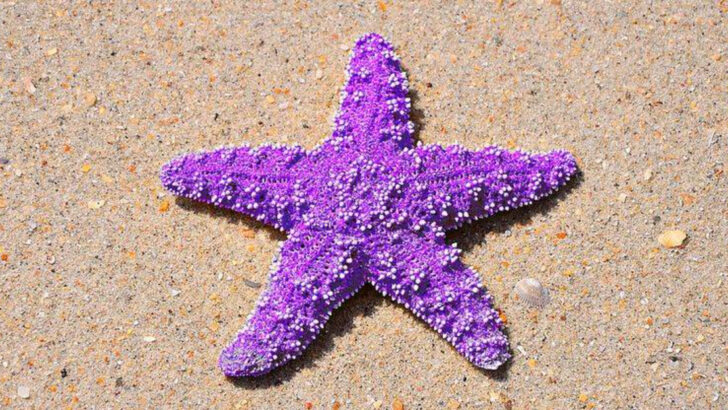Purple isn’t just for royalty—it rules the wild, too.
Think you’ve seen every color nature has to offer? Think again. Purple animals exist, and they’re nothing short of jaw-dropping. From creatures that shimmer like spilled paint in the ocean, to birds that flash lilac wings against the sky, these animals are living, breathing proof that nature loves to show off.
We’re talking frogs that look like glittering amethysts, sea slugs straight out of a fantasy novel, and butterflies so electric, they make a sunset blush. Some hide in plain sight. Others strut their stuff like they own the planet.
They don’t just stand out—they demand attention.
And once you see them, you’ll never look at the color purple the same way again.
Ready to be stunned? Here are 16 breathtaking purple animals you didn’t know existed.
Violet-Backed Starling
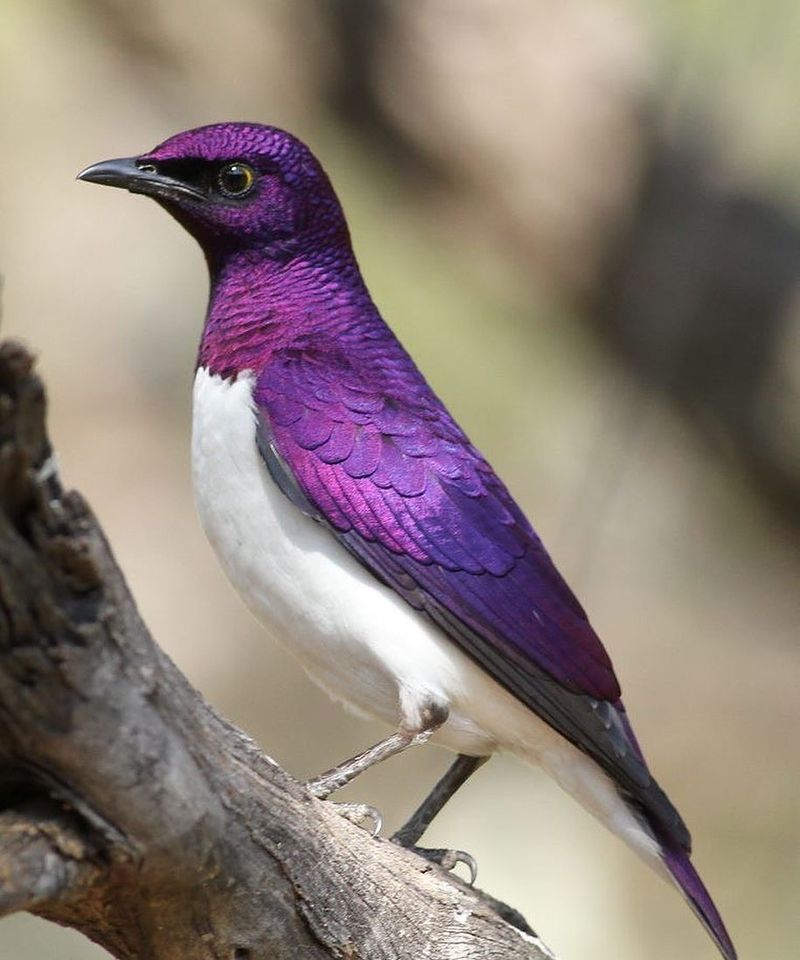
The Violet-Backed Starling, also known as the plum-colored starling, dazzles with its iridescent purple plumage. Found across sub-Saharan Africa, this bird is a master of disguise, often blending into the vibrant flora. Males boast a stunning purple hue, while females exhibit more subdued tones.
These starlings are known for their melodic songs, enchanting all who hear them. Despite their beauty, they are relatively elusive, often hiding among dense foliage. Observing one in the wild is a true delight for bird watchers and nature enthusiasts alike.
Fun fact: These birds often travel in pairs or small family groups, enhancing their charm.
Purple Emperor Butterfly
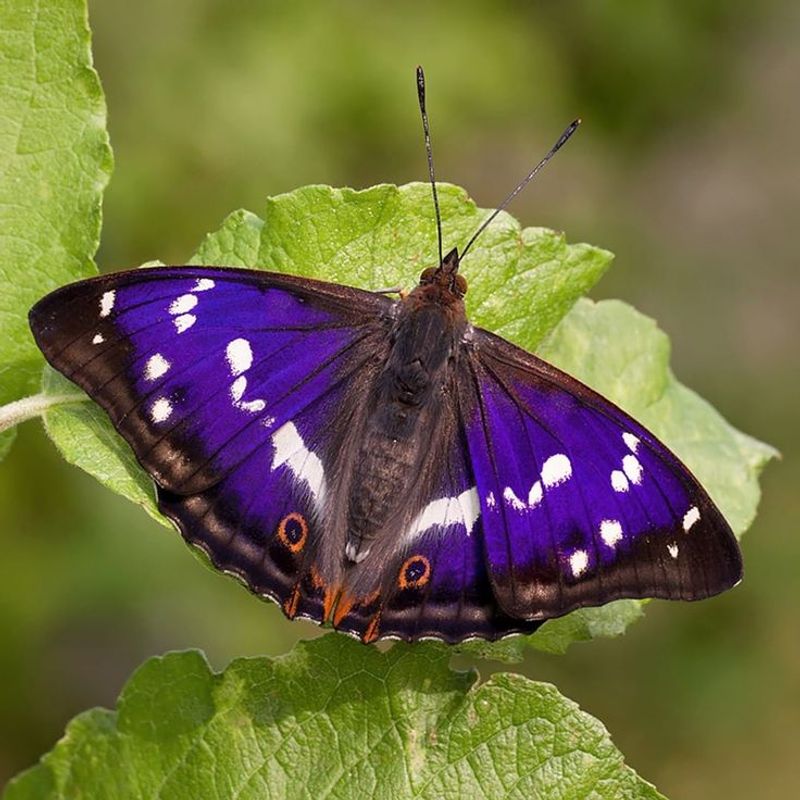
The Purple Emperor Butterfly reigns supreme in European woodlands, flaunting its rich purple wings adorned with white spots. Males are particularly striking, using their color to attract mates and assert dominance over territory. These butterflies are known for their elusive behavior, often staying high in the tree canopy.
Despite their regal appearance, Purple Emperors have a unique attraction to pungent smells, often landing on animal droppings or carrion. Such peculiar behavior contrasts sharply with their royal name and stunning appearance.
Intriguingly, they are seldom seen feeding on flowers, preferring tree sap instead.
Lavender Starfish
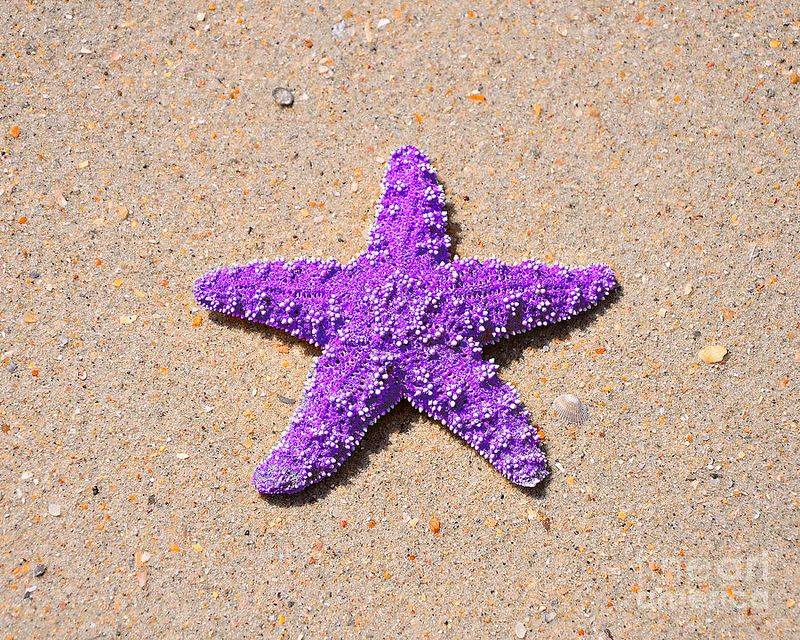
Lavender Starfish are captivating sea creatures that grace coral reefs with their pastel purple tones. These starfish are not only beautiful but also vital to their ecosystem, helping maintain the balance of marine life.
Their gentle form glides elegantly over the ocean floor, leaving a trail of wonder wherever they go. Known for their regeneration abilities, they can regrow lost limbs, showcasing nature’s incredible adaptability.
Though they might appear fragile, these starfish are resilient, thriving in diverse oceanic environments. Their soothing presence brings tranquility to the bustling underwater world.
Purple Martin
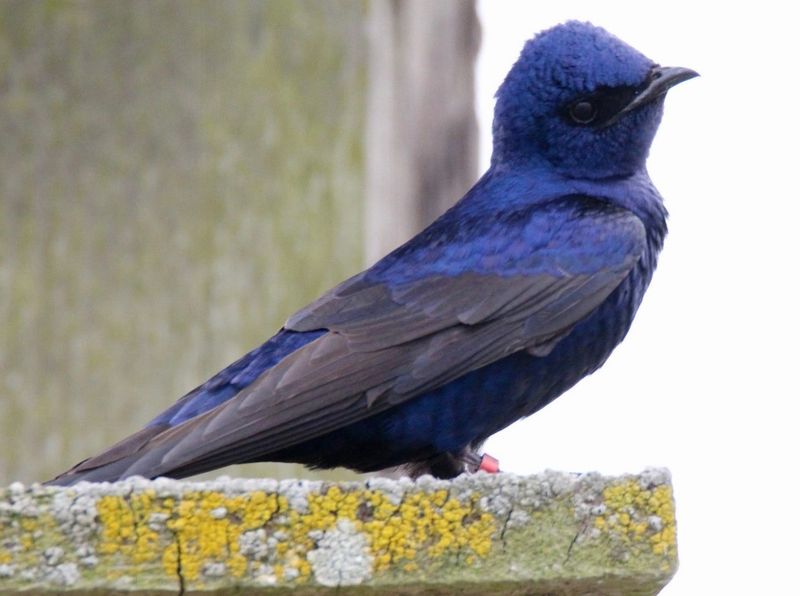
Purple Martins, the largest swallows in North America, are a sight to behold with their glossy, deep purple feathers. These aerial acrobats are masters of flight, darting effortlessly through the sky in pursuit of insects.
While their plumage is striking, it’s their social nature that captivates bird enthusiasts. They often nest in colonies, making them a lively addition to any area. Their cheerful chirping and graceful swooping are sure to bring joy to onlookers.
Fun fact: Purple Martins have been known to rely on human-made housing, such as birdhouses, for nesting.
Purple Frog
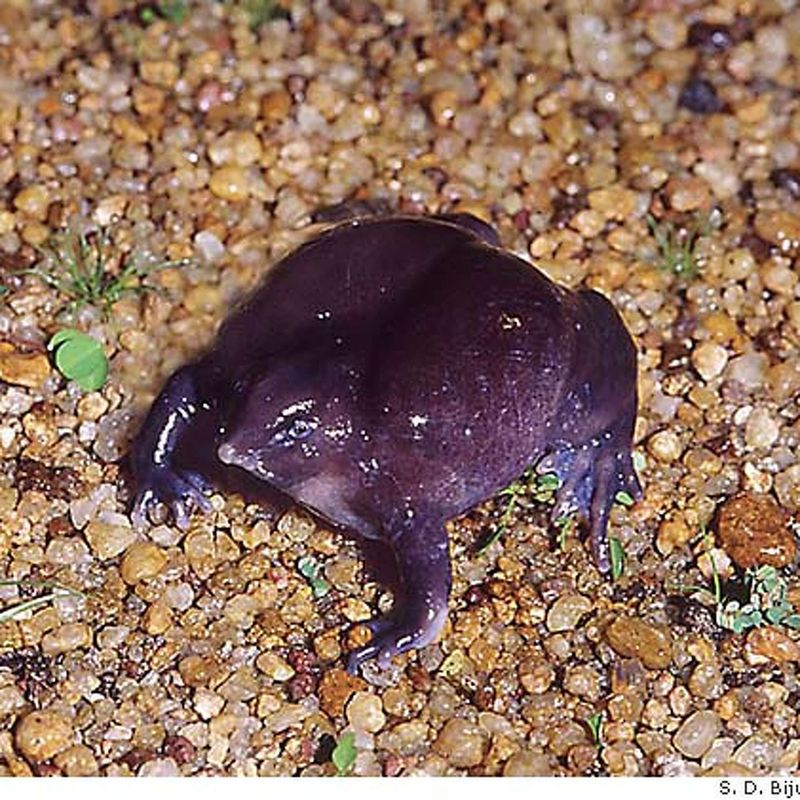
The Purple Frog is an oddity of the animal kingdom, mainly found in the Western Ghats of India. Its unusual appearance, with a bloated body and a small head, sets it apart from typical frogs. This species spends most of its life underground, surfacing only during the monsoon season to breed.
Despite its name, the Purple Frog is not entirely purple, but rather exhibits a deep, dark hue with purple undertones. Its secretive nature and limited interaction with the outside world make it a rare sight.
This frog’s peculiar lifestyle and appearance continue to intrigue scientists.
Purple Sea Urchin
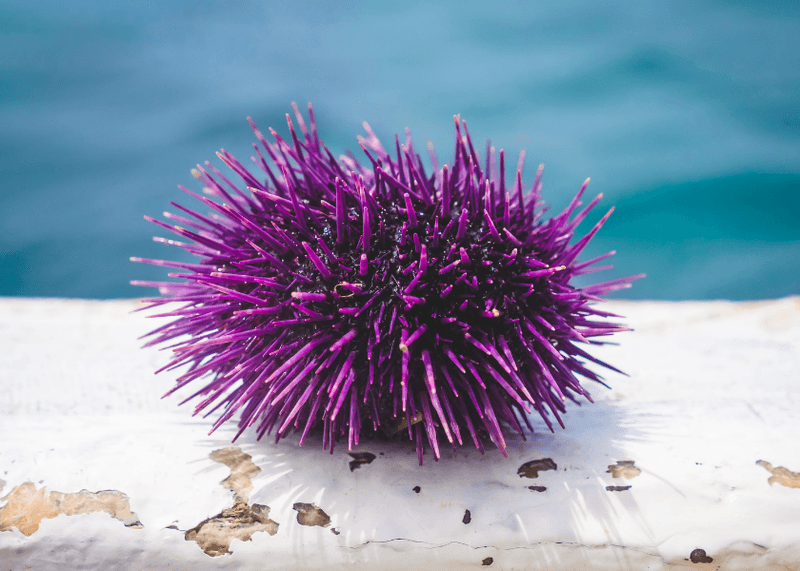
Purple Sea Urchins are spiny wonders of the ocean, found along rocky coastlines and coral reefs. Their vivid purple spines serve as both a defense mechanism and a stunning visual trait.
These sea urchins play a crucial role in marine ecosystems by controlling algae growth, thus supporting biodiversity. Despite their prickly exterior, they are a favorite among divers and marine photographers for their captivating appearance.
Interestingly, sea urchins have been studied for their regenerative abilities, offering insights into developmental biology and medicine.
Purple Grenadier Finch
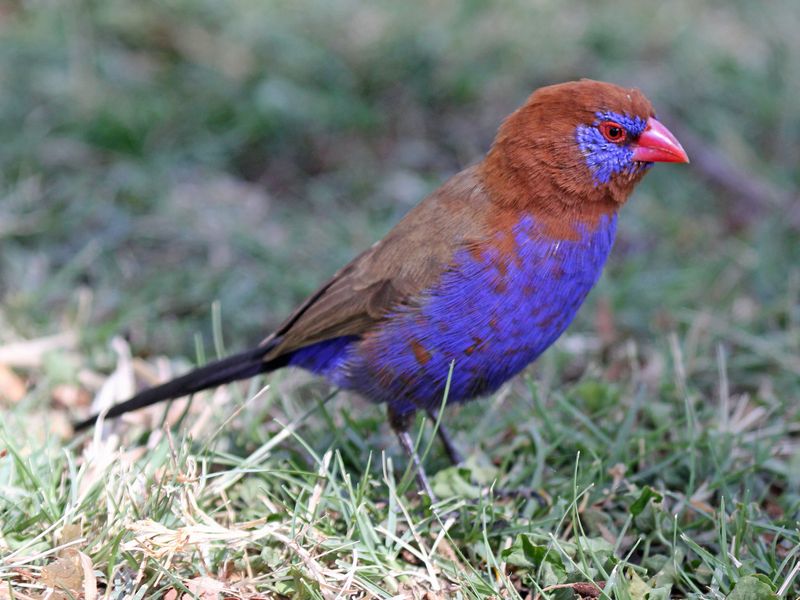
Amidst the vast landscapes of Africa, the Purple Grenadier Finch stands as a true testament to nature’s artistic palette. This small finch, adorned in a harmonious blend of purple and blue, captivates bird enthusiasts and casual observers alike.
With its bold coloration, the Purple Grenadier Finch isn’t just a visual treat but an intriguing subject for behavioral studies. Its song, a soft, melodious whistle, complements its stunning appearance and adds to its charm.
Found in regions ranging from Ethiopia to Uganda, this bird thrives in thorny scrublands and savannahs, where its color provides both a stunning display and a clever disguise.
Purple King Crab
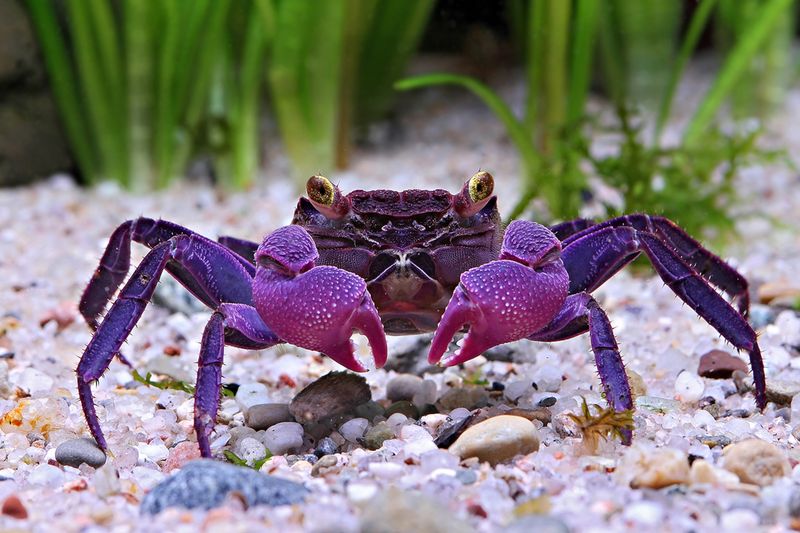
The Purple King Crab is a majestic creature of the cold North Pacific waters. Its regal name is well-deserved, with a tough, purple-hued shell that protects it from predators. These crabs are not just a feast for the eyes but also a culinary delicacy.
Their massive claws and robust bodies make them a formidable presence in their habitat. Despite their intimidating appearance, they play a vital role in the ocean’s food chain.
Their shells are often studied for their strength and resilience, providing insights into natural armor design.
Purple Swamphen
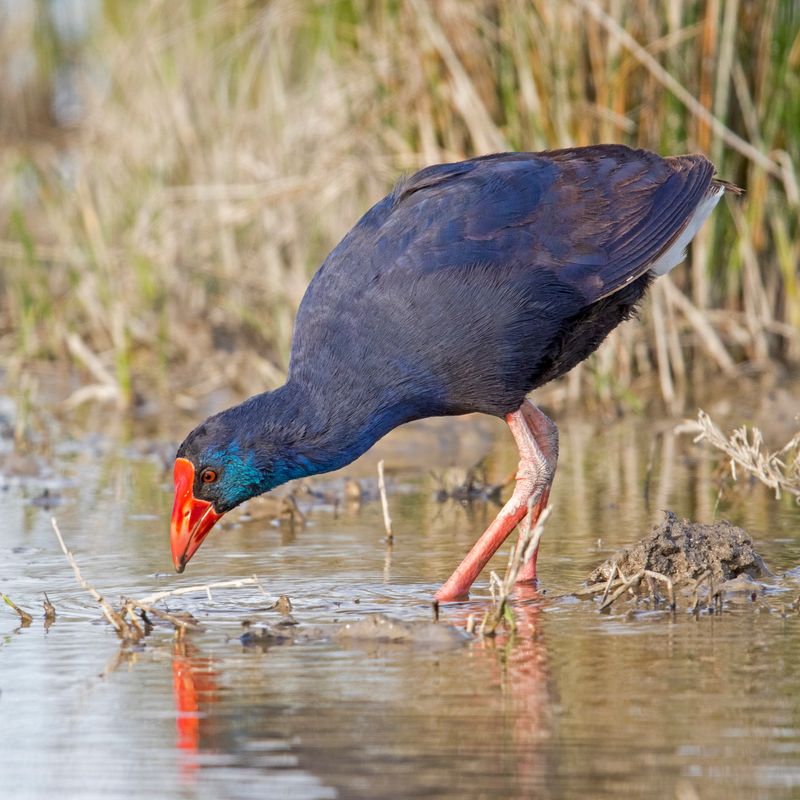
The Purple Swamphen is a striking bird found in wetland regions across Europe, Africa, and Asia. Its shimmering purple-blue feathers and red beak create a vivid contrast against the green wetlands it inhabits.
These birds are known for their distinctive calls and social behavior, often seen in small flocks. Their long, sturdy legs allow them to wade through marshes with ease, searching for food.
The swamphen’s bold coloring and curious nature make it a favorite subject for bird watchers and photographers alike.
Purple Sea Snail
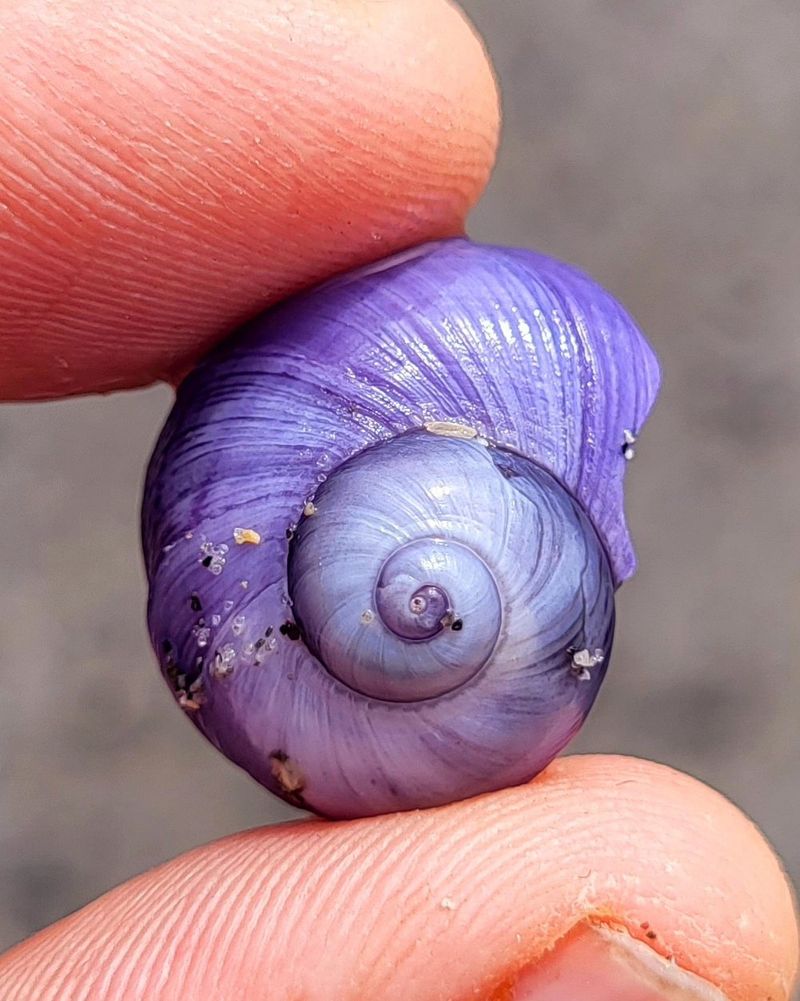
The Purple Sea Snail is a marine marvel, floating gracefully on the ocean surface with the help of a self-created bubble raft. This unique adaptation allows it to drift with the currents, feeding on jellyfish.
Its translucent purple shell glistens in the sunlight, making it a captivating sight for marine enthusiasts. Despite its fragile appearance, the snail’s ingenious rafting technique ensures its survival in the vast ocean.
This gastropod’s lifestyle is a testament to the wonders of evolution and adaptation in marine life.
Purple Tang
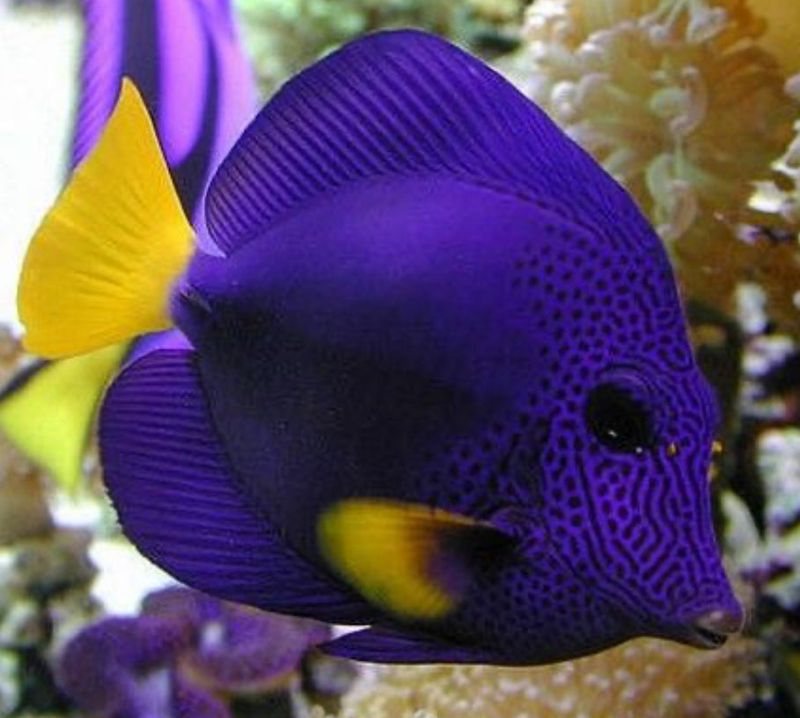
The Purple Tang, also known as the Yellowtail Tang, is a stunning fish that graces coral reefs with its vibrant purple body and contrasting yellow tail. Native to the Indian and Pacific Oceans, this fish is a favorite among aquarium enthusiasts.
Its striking coloration makes it a highlight of any underwater scene. Despite its beauty, the Purple Tang is known to be territorial, often asserting dominance over its reef territory.
Aquarists value them for their algae-eating habits, which help maintain tank ecosystems.
Costa Rican Purple Tarantula
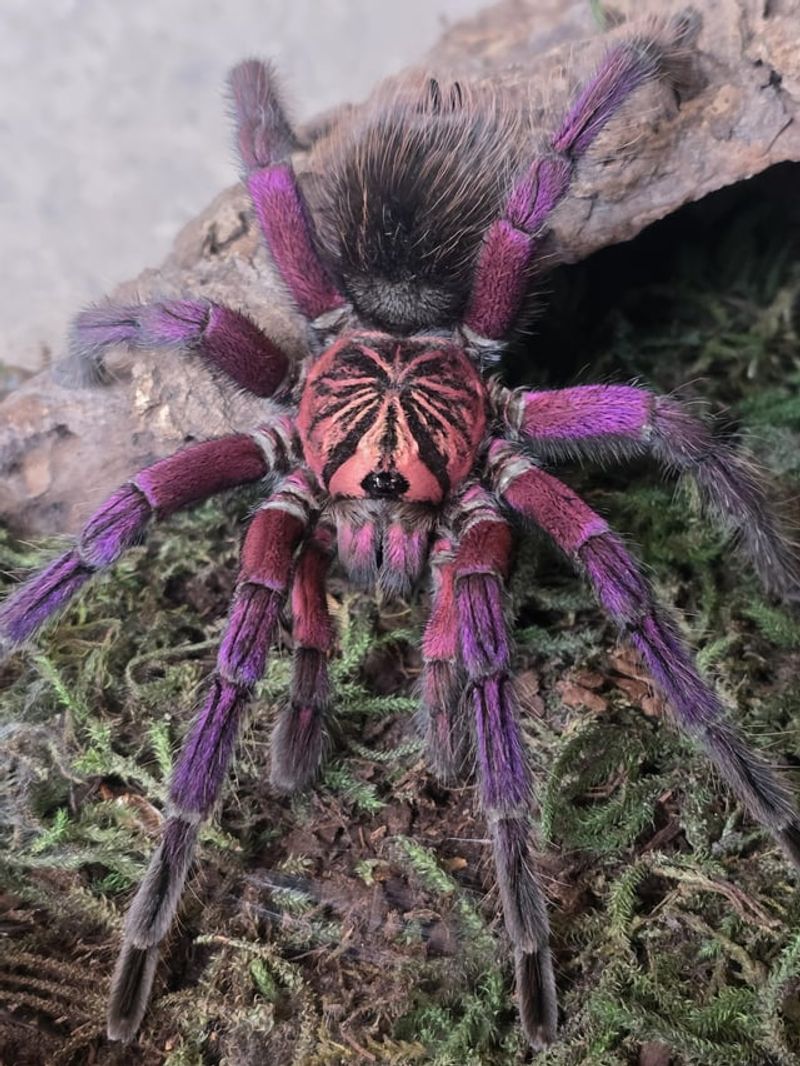
The Costa Rican Purple Tarantula is a rare arachnid, mesmerizing with its deep purple coloration. Found in the humid rainforests of Costa Rica, these tarantulas are shy and often elusive.
Their velvety bodies and gentle demeanor make them popular among exotic pet enthusiasts. However, their delicate nature requires careful handling and a suitable habitat.
Despite their fearsome reputation, tarantulas are generally docile, using their vibrant colors as a deterrent to predators rather than for aggression.
Purple Bush Viper
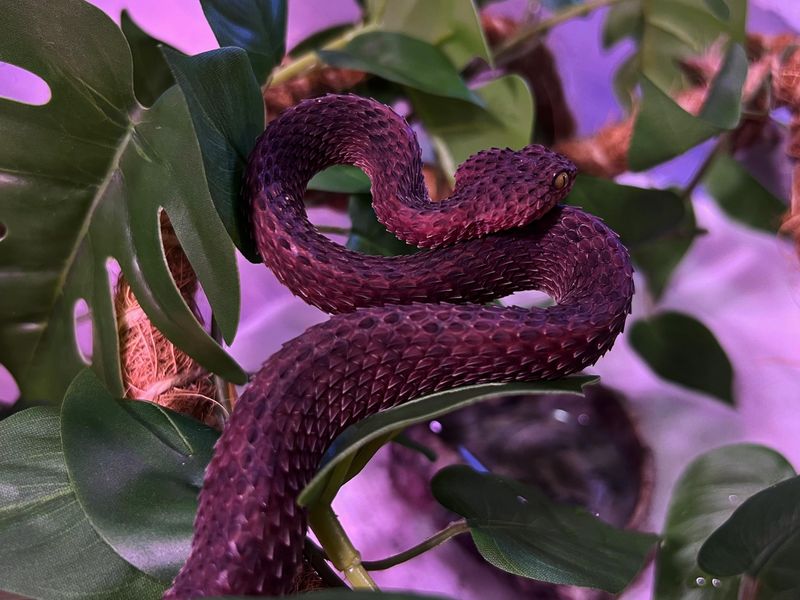
The Purple Bush Viper is a venomous wonder from the dense forests of Central Africa. Its scales glisten with an enchanting purple hue, making it a standout among snakes.
Preferring arboreal habitats, these vipers are skilled climbers, navigating the forest canopy with ease. Their bright coloring serves as a warning to potential predators of their venomous nature.
Encounters with this snake are rare due to its reclusive nature, adding to its mystique and allure among herpetologists.
Purple Heron

The Purple Heron is a slender, elegant bird found in marshlands across Europe and Asia. Its long neck and purple-grey plumage allow it to blend seamlessly into its wetland habitat.
Known for its stealthy hunting skills, the heron patiently stalks through reeds, capturing fish and amphibians with lightning speed. This bird’s grace and poise are matched by its keen survival instincts.
Despite its widespread presence, the Purple Heron’s shy nature often makes it a rewarding discovery for those patient enough to observe it in the wild.
Purple Sunbird
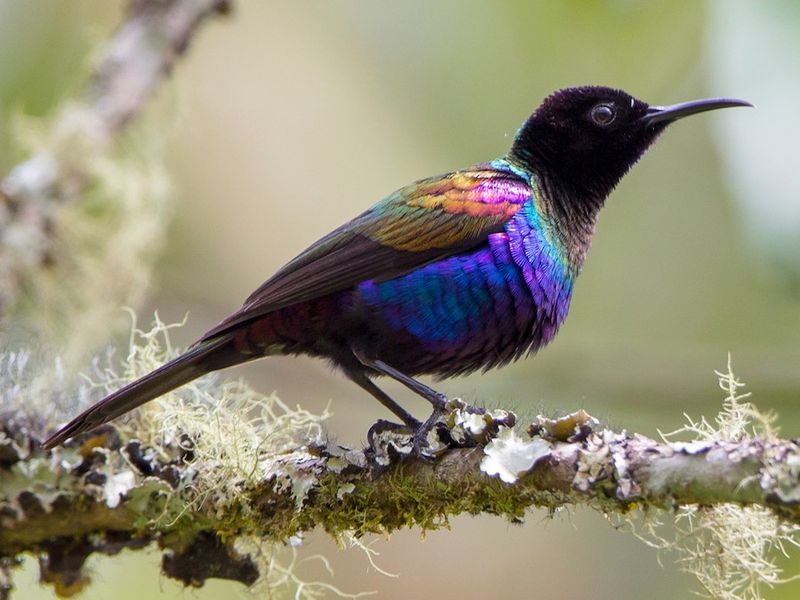
The Purple Sunbird, a jewel of the tropics, dazzles with its metallic purple feathers that shimmer in the sunlight. Found in gardens and forests across South Asia, these tiny birds are a delight to watch.
Their rapid flight and energetic behavior make them excellent pollinators, contributing significantly to the ecosystem. The sunbird’s sweet song and vibrant appearance captivate bird lovers worldwide.
Did you know? The male Purple Sunbird changes its plumage during the non-breeding season, becoming a more subdued color to avoid predators.
Purple Sea Anemone
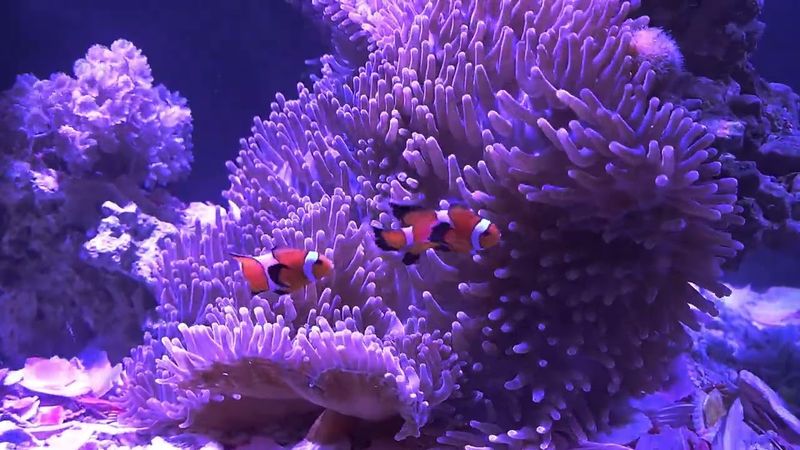
In the ocean’s depths, the Purple Sea Anemone captivates with its elegant display of flowing tentacles. Its rich purple color adds a regal touch to coral reefs, where it serves as both a predator and protector.
Its tentacles, armed with stinging cells, deter predators and capture prey, making it a vital link in the marine food chain. Yet, despite its formidable defenses, it forms symbiotic relationships with clownfish, offering them shelter in exchange for food scraps.
The Purple Sea Anemone thrives in warm, tropical waters, contributing to the ecological diversity and beauty of the seas.

